Description
What are Omni Directional Lora ISM Bands 433MHz Waterproof Antennas?
The new style Omni Directional Lora ISM Bands 433MHz Waterproof Antenna For Smart Meter of CTRF-ANTENNA-FRP-0433-20800-NK-0.5M is an outdoor antenna 433 MHz fiberglass antenna with cable extension antenna manufactured by C&T RF Antennas Inc for Lora or other smart devices data wireless transmission.
This 433MHz waterproof antenna not only has a 433 MHz style but also has an 868 Mhz antenna frequency style, 915 MHz antenna frequency style, and 4G LTE antenna frequency style.
And for the same 20x800mm 433MHz waterproof antenna size, C&T RF Antennas Inc also provides the N-male connector Outdoor UHF Antenna 410-440 MHz Fiberglass Antenna without cable antenna extender for your choice.
C&T RF Antennas Inc provides internal & external antennas with the IoT M2M antenna radio frequencies such as NFC, 169MHz, 230MHz, 315MHz, 433MHz, 868MHz, 915MHz, VHF&UHF, Lora, NB-IoT, ADS-B, GSM, GNSS, Wifi 2.4GHz, 5.8GHz, Cellular 2G 3G 4G LTE, GPS, 5G NR, etc.
C&T RF Antennas Inc provides RF antennae with Omni & Directional antenna types such as Dipole Antennas, Whip Antennas, Marine Antennas, Router Antennas, MIMO Antennas, Combo Antennas, PCB Antennas, FPC Antennas, Spring Antennas, Magnetic Antennas, Sector Antennas, Yagi Antennas, and Accessories, etc, for IoT & M2M industries.
Contact us for more details on the 433MHz Waterproof Antenna such as the 433MHz Waterproof Antenna datasheet, 433MHz Waterproof Antenna pricing, and 433MHz Waterproof Antenna inventory.
Or other 433MHz Waterproof Antenna styles.
Omni Directional Lora ISM Bands 433MHz Waterproof Antenna Specifications
Omni Directional Lora ISM Bands 433MHz Waterproof Antenna Electrical Specifications |
|
| RF Antenna Type | Omni Fiberglass Antenna |
| Model | CTRF-ANTENNA-FRP-0433-20800-NK-0.5M |
| Frequency Range | 433 MHz |
| Gain | 7±1dBi |
| VSWR | ≤2.0 |
| Impedance | 50 Ω |
| Polarization | Vertical |
| Directional | Omni-directional |
| Connector | SMA |
| Cable | RG 50-7 0.5M |
| Max Power | 50W |
| Lightning Protection | DC-Ground |
Omni Directional Lora ISM Bands 433MHz Waterproof Antenna Mechanical Specifications |
|
| Dimension | 20*800mm |
| Weight | Approx. 800g |
| Radome Material | Fiberglass |
| Operation Temperature | -20˚C ~ +60˚C |
| Storage Temperature | -40˚C ~ +80˚C |
| Color | White |
| Antenna Design | IP68-rated Waterproof |
| Mounting | Screw/Pole |
| Safety Emission and other | RoHS Compliant |
| Applications | Public Safety/LMR/P25/TETRA, ISM/SCADA/Utilities, RFID, IoT/NB-IoT/LoRa, etc. |
Omni Directional Lora ISM Bands 433MHz Waterproof Antenna Features and Applications
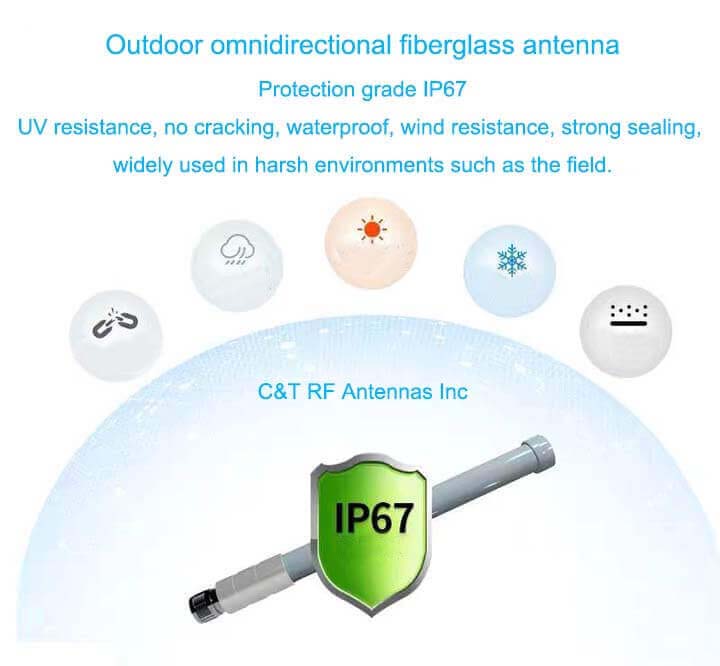
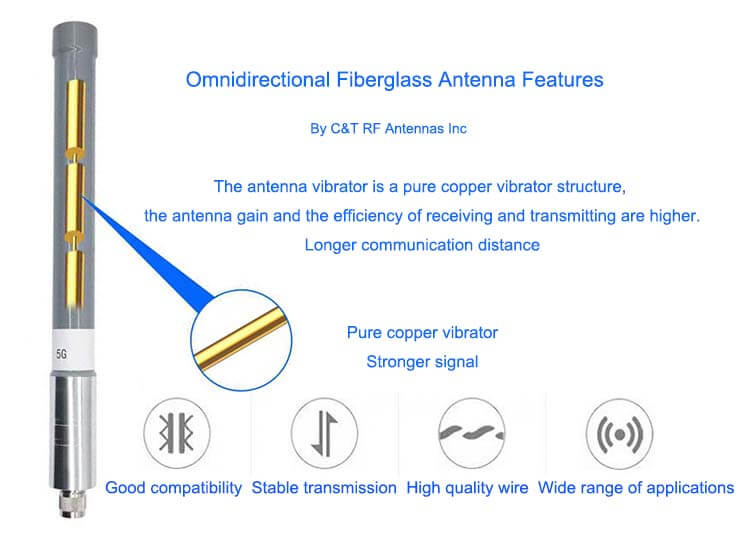
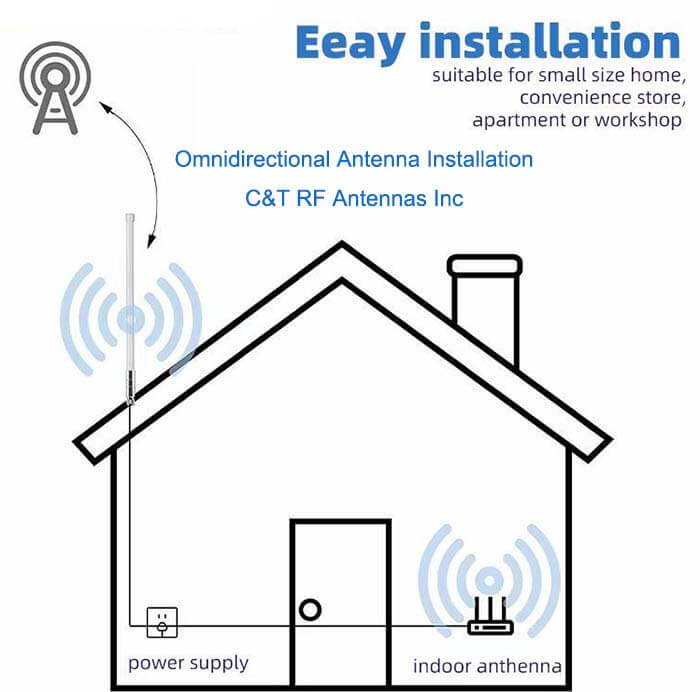
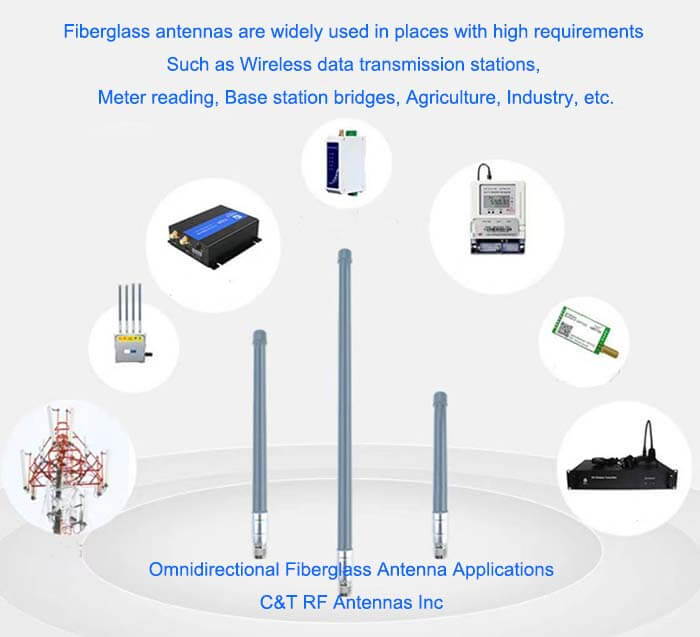
How does the remote water meter transmit data?
The transmission mode of the water meter is divided into wired transmission and wireless transmission, and we all understand the specific transmission mode.
1. Transmission method
1.1. Wired transmission
Separate line system: each meter connected to the system does not have a separate address code, and a separate signal line needs to be led to the meter reading device
Bus system: The bus system is divided into RS485 transmission and MBUS transmission.
RS485 is a bus communication standard. It stipulates that each digital waveform or electrical signal of data on the transmission line belongs to the physical layer. And Mbus stipulates that to transmit a specific function instruction, which numbers need to be transmitted to represent this instruction, which belongs to the communication protocol layer.
Just like in Morse code, it is expressed by a short press. It is expressed by a long press-it is the physical layer, and the meaning of the different combinations of dots and strokes is the protocol layer.
1.2. Wireless transmission
Wireless transmission is divided into short-distance wireless transmission LoRa and long-distance wireless transmission NB-IoT
Lora is more suitable for local area networks, where you can manage data yourself and set up your own base stations for data processing, such as a farm or a vegetable base.
NB-IoT is more suitable for wide-area network deployment, and the application field is more suitable for wide deployment. A feature application such as a shared bicycle is more suitable for NB but not for LoRa, which is more like the relationship between 3/4G and WiFi.
Lora: The base station needs to be managed by itself, which can be compared to a WIFI router at home and a mobile phone connected to WIFI to surf the Internet
NB-IoT: The base station operator has already built it for you, you only need to pay for transmission, and the data goes through the operator’s network, which can be compared to the current mobile phone 3/4G Internet access
Lora, because it appeared earlier and is more mature than the LPWA technology based on licensed spectrum, can also be commercialized on a large scale, and can meet the needs of some users at that time, so it has been the choice of operators.
With the advancement and development of technology, in 2016, two technologies, NB-IoT, and eMTC appeared, and both technologies adopted unified 3GPP standards to extend the Internet of Things.
This technology has the attributes of an industry standard, is open, and the technology adopted is to gradually evolve to 5G, and the standard will continue to improve and evolve.
2. How to collect and transmit the data of wireless electronic remote water meter
The electronic remote water meter is equipped with a remote signaling module to the metering base meter to receive meter reading instructions from the wireless meter reading host, and the wireless communication module uploads the water meter data to the server to complete the meter reading.
The electronic remote water meter NB-IoT is composed of a wireless communication module and a base meter, with functions such as measurement, calculation, storage, diagnosis, and wireless remote transmission.
3. Features of the wireless remote water meter
The installation is extremely convenient and not easy to make mistakes. One bus can connect the water meters of all residents in the building, and the construction cost is lower than that of the branch system.
The data collector does not participate in the underlying data collection, only communicates, and the measurement is not affected by external factors. The on and off of the bus and the on and off of the lead wires of each household meter do not affect the data collection and storage of the single meter.
Even if the reading is not possible due to a line failure this time, just reconnect the line without setting, and the truth of each household meter The data can still be read out, and its security and stability are better.
There are two types of remote smart water meters: wired remote smart water meters and wireless remote smart water meters. Let’s first talk about how wired remote smart water meters transmit data.
Wired remote smart water meters use bus communication through M- BUS, RS485 communication protocol for data transmission, a concentrator is connected in the middle, the terminal water meter is first connected to the concentrator, and then the data is transmitted to the background server through the module in the concentrator, thus realizing the remote transmission of data.
Then for the wireless remote transmission smart water meter, an electronic acquisition module is installed on the water meter. The electronic module completes the signal acquisition, data processing, and storage and uploads the data to a repeater or a handheld meter reader through a communication line to complete remote data collection.
The remote intelligent water meter has its own different data transmission paths for wired and wireless and has its own advantages for different transmissions. Whether to choose a wired or wireless remote intelligent water meter, it needs to be selected according to the installation environment on site.

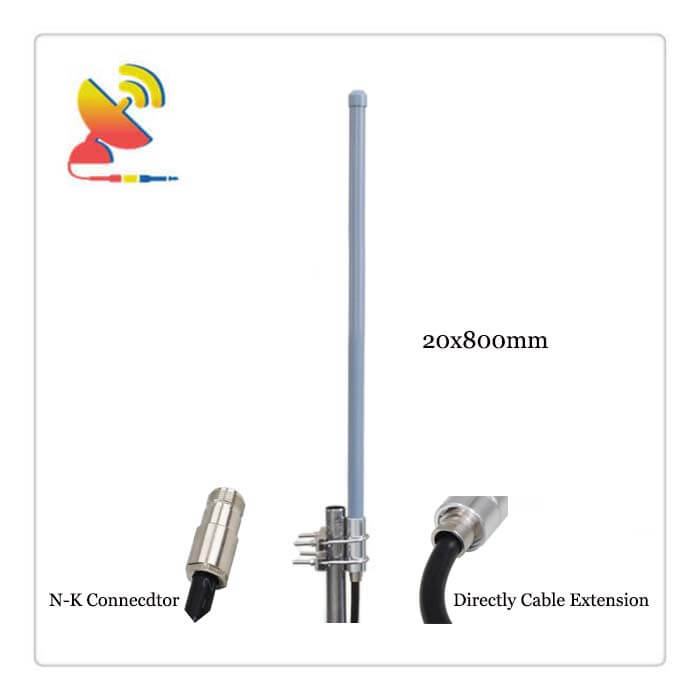
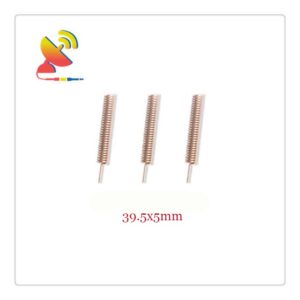
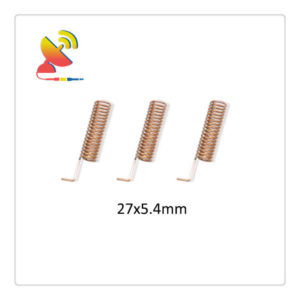
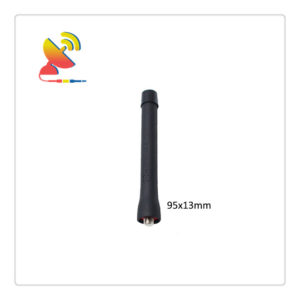
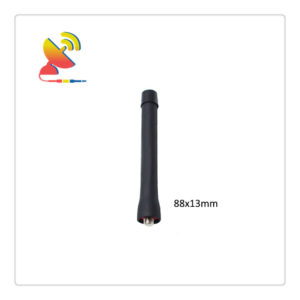
Reviews
There are no reviews yet.